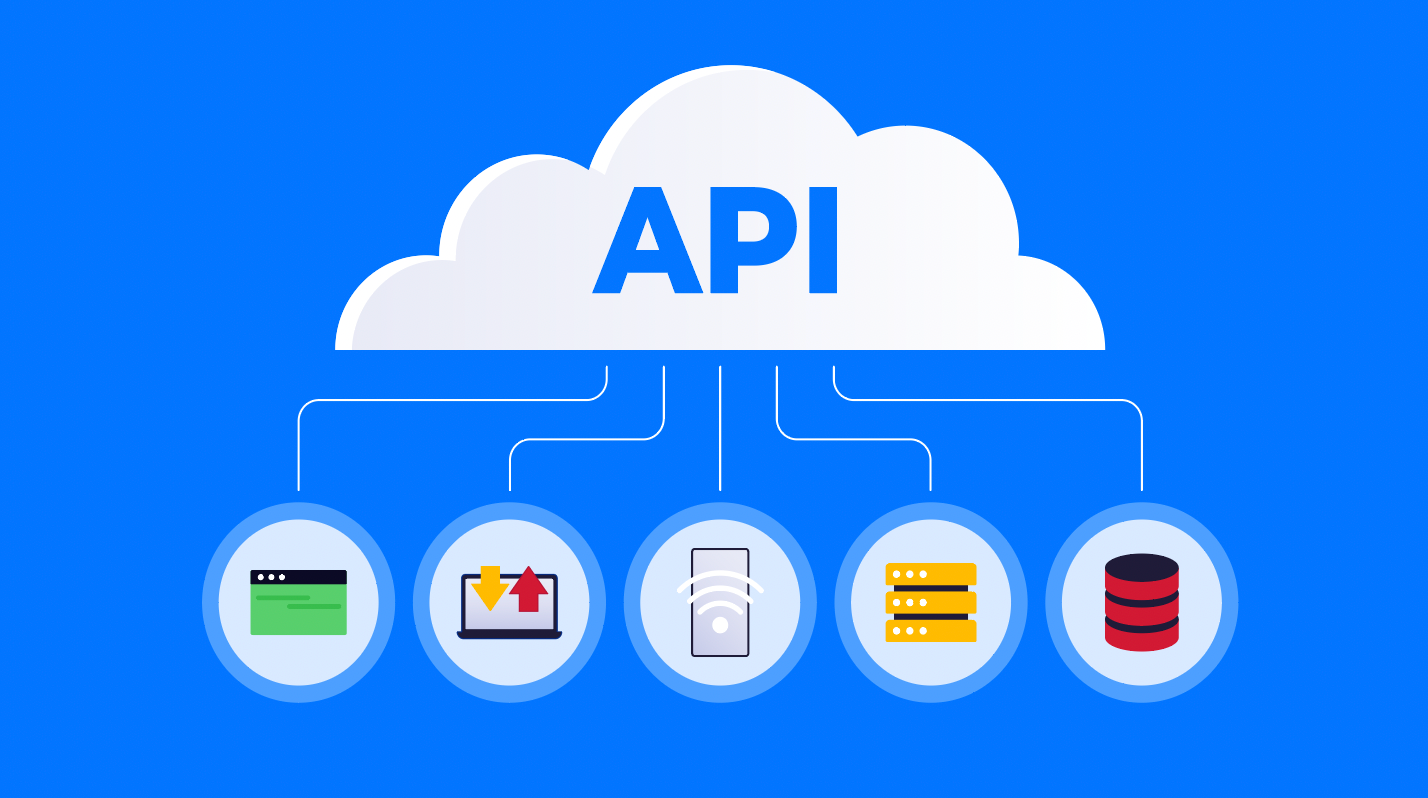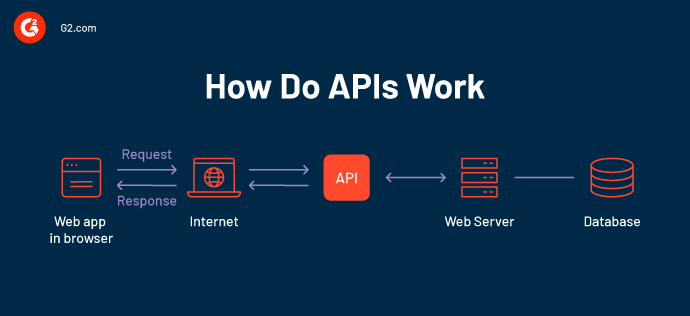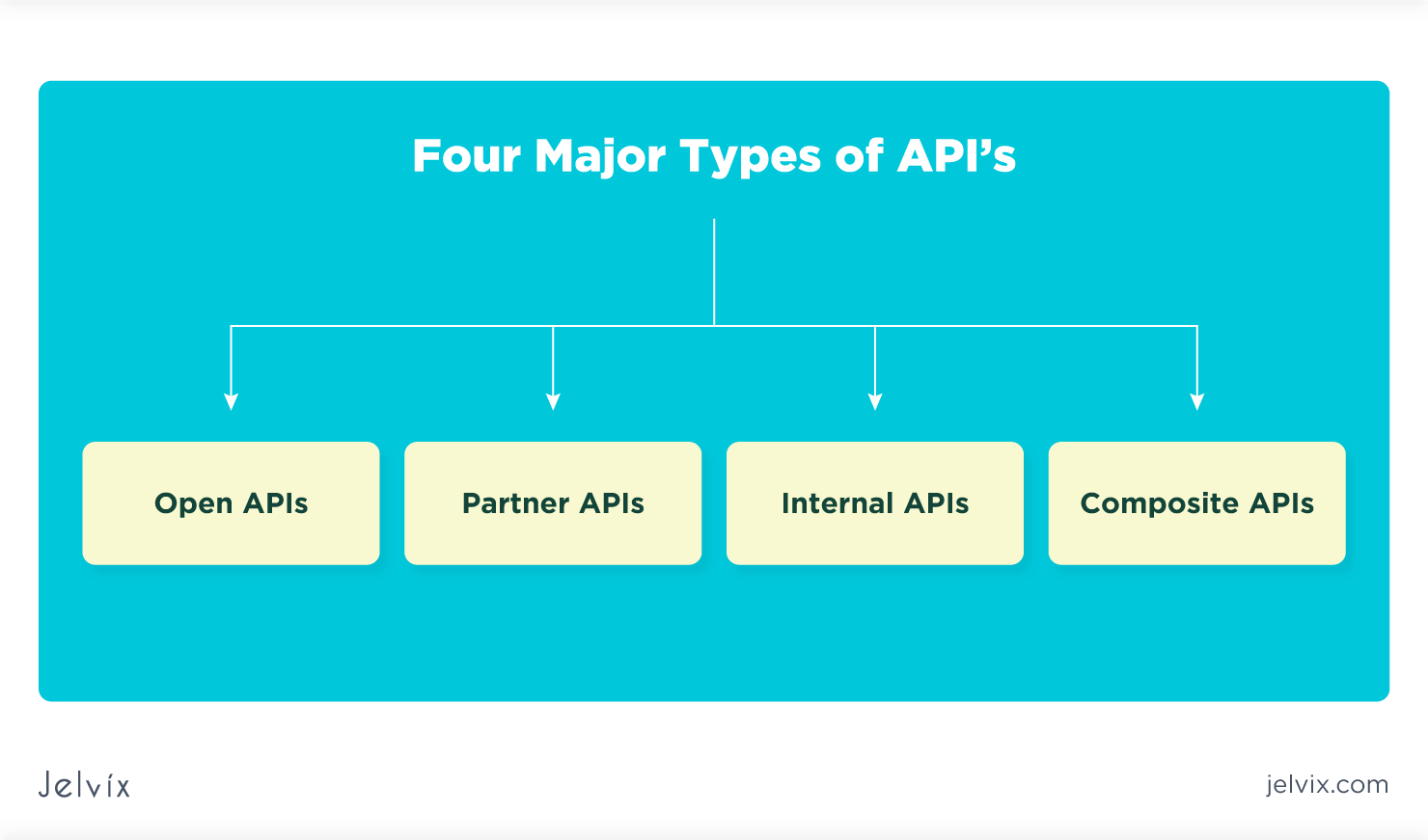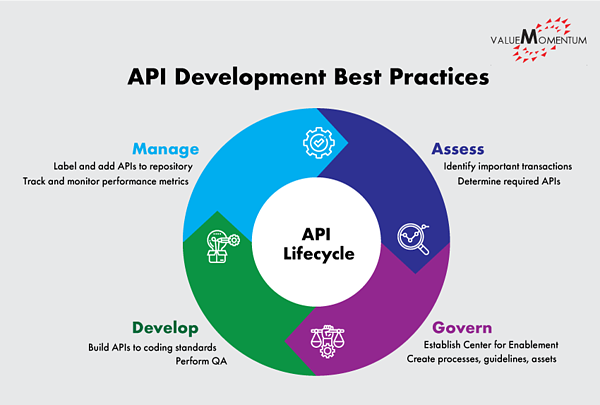Tech
What Is An API? Understanding APIs And Their Importance In Today’s Digital Landscape
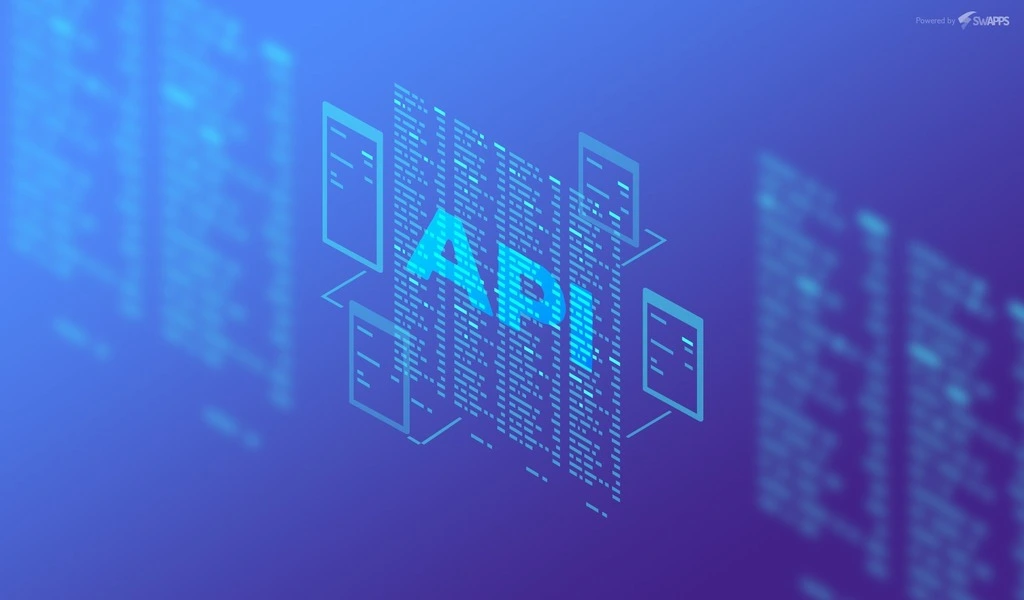
What Is An API? – In today’s digital landscape, APIs have become an essential part of the technological ecosystem. APIs, or Application Programming Interfaces, are the connectors that allow different software systems to communicate with each other.
They are the backbone of modern software development and play a critical role in enabling innovation and creating new business opportunities.
In this article, we will dive deep into the world of APIs, exploring what they are, how they work, and their importance in the modern digital landscape.
What is an API?
API is the acronym for Application Programming Interface. In simple terms, it is a set of protocols, routines, and tools that allow software applications to communicate with each other.
APIs are the building blocks of software development and enable developers to create new applications and services by leveraging the functionality of existing systems.
APIs come in various shapes and sizes, but they all have a common goal: to provide a standardized way for different software systems to interact. APIs are everywhere in today’s digital landscape, from social media platforms like Facebook and Twitter to e-commerce sites like Amazon and eBay.
How do APIs work?
APIs work by exposing a set of endpoints that other software systems can access. These endpoints typically accept requests in a standardized format, such as JSON or XML, and return responses in the same format.
The requests and responses are sent online using a protocol such as HTTP or HTTPS. APIs can be accessed by other software systems using a variety of programming languages and tools.
Developers can use APIs to perform a wide range of tasks, such as retrieving data from a database, processing payments, or sending notifications. This can be easily facilitated by an API integration platform like MindCloud.
Types of APIs
There are four main types of APIs:
Web APIs
Web APIs are APIs that are exposed over the internet using standard web protocols such as HTTP and HTTPS.
They can be accessed using a wide range of programming languages and tools and are used to provide access to data and services over the internet.
Internal APIs
Internal APIs are APIs that are used within a company or organization. They are used to enable different software systems to communicate with each other within the same organization.
Partner APIs
Partner APIs are APIs that a company provides to its partners or third-party developers.
They are used to enable partners and developers to create new applications and services that integrate with the company’s products and services.
Composite APIs
Composite APIs are APIs that combine data and functionality from multiple sources to create a new, more complex API. They are used to provide a unified interface to multiple data sources and services.
Benefits of using APIs
APIs provide a wide range of benefits for both developers and end-users. Some of the main benefits of using APIs include:
Faster time to market
By using APIs, developers can leverage existing functionality and data to create new applications and services more quickly.
This can help to reduce development time and costs and get new products and services to market more quickly.
Improved developer productivity
APIs provide a standardized way for different software systems to interact, which can help improve developer productivity.
Developers can spend less time writing custom integration code and more time focusing on building new features and functionality.
Better user experience
By using APIs to integrate different systems and services, developers can create more seamless and integrated user experiences. As a result, user engagement and satisfaction can be improved.
Scalability and flexibility
APIs provide a scalable and flexible way to build software systems. Developers can add or remove functionality as needed, and the systems can scale to meet changing demands.
Common API protocols
Several common API protocols are used in modern software development:
REST
REST (Representational State Transfer) is a widely used protocol for building web APIs. It provides a standardized way to create, read, update, and delete resources using HTTP methods such as GET, POST, PUT, and DELETE.
SOAP
SOAP (Simple Object Access Protocol) is a protocol for building web APIs that uses XML as its message format. It provides a standardized way to define and send messages between different software systems.
GraphQL
GraphQL is a newer API protocol that provides a more flexible and efficient way to retrieve and manipulate data. It allows developers to specify exactly what data they need and receive it in a single response.
Challenges of API development
While APIs provide many benefits, there are also several challenges associated with API development:
Security
APIs can be a security risk if not properly secured. Developers must ensure that APIs are protected against attacks such as SQL injection and cross-site scripting.
Versioning
APIs must be versioned to ensure compatibility with different software systems. Developers must carefully manage API versions to avoid breaking changes that could impact users.
Documentation
APIs must be well-documented to ensure that developers can easily understand how to use them. This documentation must be kept up-to-date to reflect changes in the API.
Best practices for API design and development
To ensure that APIs are effective and easy to use, developers should follow these best practices for API design and development:
Consistency and simplicity
APIs should be designed with consistency and simplicity in mind. This will make them easier to use and reduce the risk of errors and confusion.
Modularity and abstraction
APIs should be modular and abstract to allow developers to use only the functionality they need. This will help to reduce complexity and make APIs more flexible.
Scalability and performance
APIs should be designed with scalability and performance in mind. This will help to ensure that APIs can handle increasing amounts of traffic and data without slowing down.
The future of APIs
APIs are likely to become even more important as the digital landscape continues to evolve.
APIs will continue to be used to create new applications and services, and new API protocols and standards will likely emerge to meet changing needs and requirements.
Conclusion
In conclusion, APIs are the connectors that allow different software systems to communicate with each other.
They are essential to modern software development and play a critical role in enabling innovation and creating new business opportunities.
By understanding what APIs are, how they work, and their importance in the modern digital landscape, developers can create more effective and efficient software systems that meet the needs of today’s users.
RELATED CTN NEWS:
The Internet Of Things (IoT): Connecting Devices For A Smarter World

